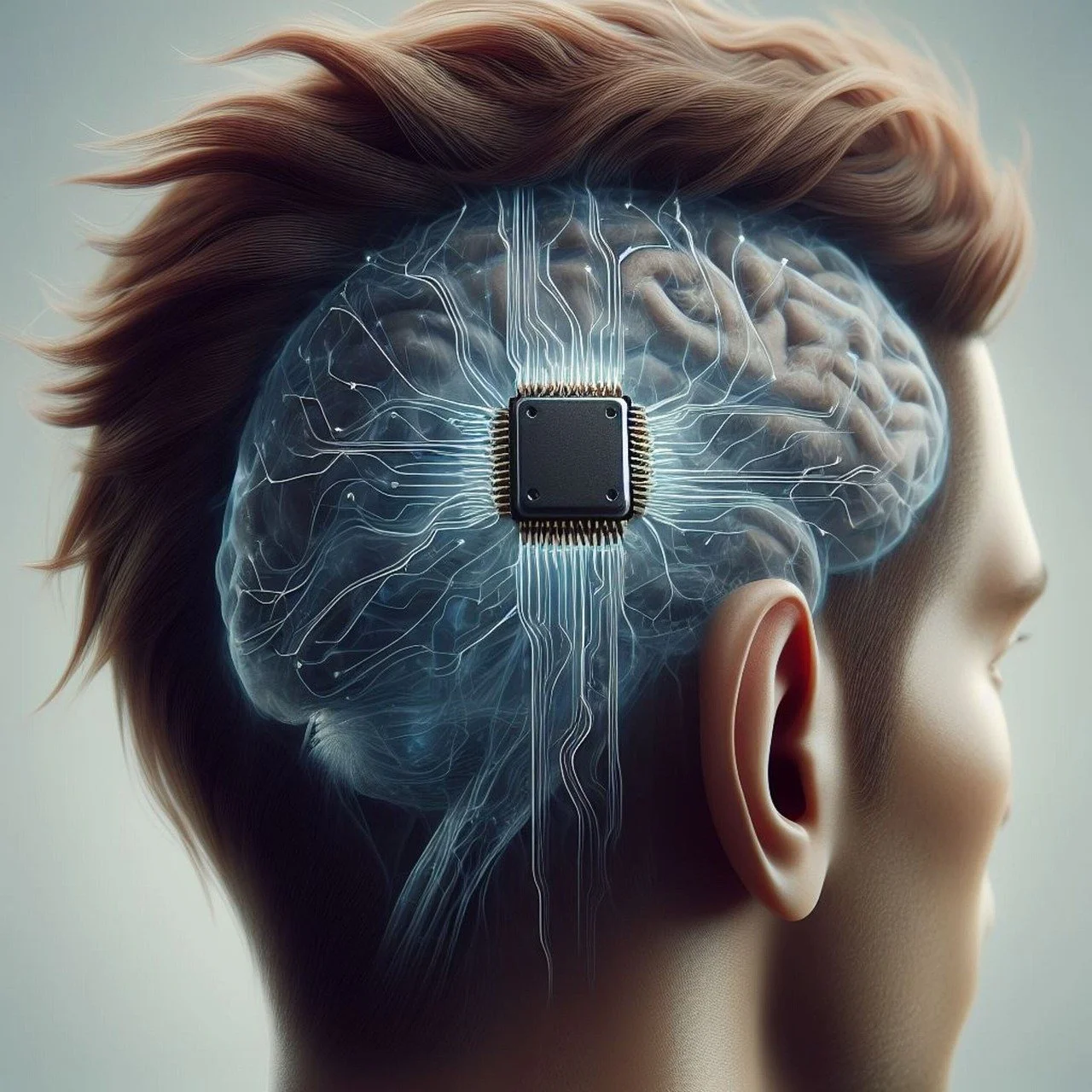A Milestone in Neural Interface Technology
Neuralink Corp., the brain-computer interface company founded by Elon Musk, has achieved a significant milestone with the successful Second Brain Implant of Neuralink device. This latest surgery marks a critical advancement in the field, as the patient, identified only as Alex, can now perform complex tasks such as designing 3D objects and playing video games like Counter-Strike 2. The procedure not only demonstrates the potential of Neuralink‘S technology but also highlights the company’s commitment to overcoming previous challenges and enhancing the lives of individuals with severe neurological conditions.
The Breakthrough: Successful Implantation and New Capabilities
The second human implant surgery conducted by Neuralink went exceptionally well, according to a blog post by the company. The patient, a former automotive technician who suffered a spinal cord injury, was able to leave the hospital just one day after the procedure at the Barrow Neurological Institute in Phoenix. Following the surgery, Alex began using computer-assisted design (CAD) software to create a custom mount for his Neuralink charger, showcasing the practical applications of the implant.
Neuralink’s device, known as “Link,” has been designed to allow patients to control digital devices with precision. Currently, the device enables users to manipulate on-screen cursors and perform tasks click by click. However, Neuralink is working on developing new capabilities for the Link device, including decoding multiple simultaneous movement intents and recognizing handwriting to help patients write faster.
These advancements could significantly improve the quality of life for individuals with quadriplegia and other conditions that severely limit movement, restoring not only digital autonomy but also the ability to communicate for those who are unable to speak.
Addressing Previous Challenges: Enhancing Surgical Precision
The second implant surgery also served as an opportunity for Neuralink to address issues encountered during the first human implantation. The initial patient, Noland Arbaugh, experienced an unexpected complication when electrode threads retracted from his brain post-surgery. To prevent a recurrence of this issue, Neuralink implemented several mitigations during the second surgery. These included reducing brain motion during the procedure and minimizing the gap between the implant and the brain’s surface.
In addition to these surgical adjustments, Neuralink made post-surgical software tweaks that further mitigated the issue. The company’s ability to quickly identify and address potential complications is a testament to its dedication to refining its technology and ensuring patient safety.
Future Implications: Beyond Quadriplegia
While the Link device is currently designed for patients with conditions like quadriplegia, Musk has expressed his vision for the technology to eventually benefit healthy individuals as well. The potential applications of Neuralink’s brain-computer interface are vast, ranging from assisting with memory recall to augmenting other cognitive functions. This future-oriented approach positions Neuralink as a pioneer in the field of neural interfaces, with the potential to revolutionize how humans interact with technology.
As the company continues to refine its technology and expand its capabilities, the possibilities for Neuralink’s brain implants are seemingly limitless. By the end of the year, Musk hopes to have the device implanted in several more patients as part of Neuralink’s Prime study, an investigational medical device trial aimed at further exploring the device’s potential.
Conclusion: A New Era of Neural Interfaces
The successful second implant surgery conducted by Neuralink marks a significant step forward in the development of brain-computer interfaces. By enabling patients to perform complex tasks like 3D design and gaming, Neuralink is not only enhancing the lives of individuals with severe neurological conditions but also paving the way for future advancements in neural technology.
As the company continues to innovate and push the boundaries of what is possible, the potential for Neuralink’s brain implants to transform lives becomes increasingly evident. With each new breakthrough, Neuralink moves closer to realizing its vision of a world where neural interfaces can empower individuals, enhance cognitive abilities, and bridge the gap between humans and technology.
For more information about Neuralink and its groundbreaking technology, visit Neuralink.
To learn more about the Barrow Neurological Institute, visit Barrow Neurological Institute.
For insights on advancements in brain-computer interface technology, follow Elon Musk on Twitter.
More News: Artificial Intelligence – Tech News


